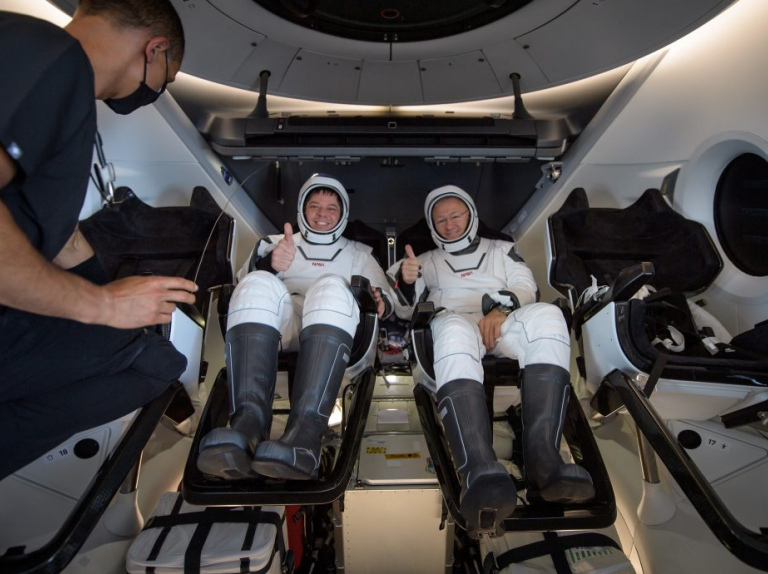
By Andreas Weissenborn, Destinations International Foundation
As we watched the Crew Dragon splash down over the waters off Pensacola, Florida, the sentiment with the return of astronauts Bob Behnken and Doug Hurley was heralded, ‘Space travel is back!’
It has been over ten years since we’ve launched Americans from American soil (and the 70’s since an actual splash landing), which fulfilled a risky bet NASA took on its space program back in 2010. This gives us on Earth some possible ideas on how we should consider the relaunch of our destination organizations.
In 2010, after decades of budgetary setbacks, waning political and public support, NASA decided to pull their own ‘moon shot’: a commercial space program. This long shot only now a decade later came to materialize. To start, a new National Space Policy was released to provide a guiding north star on their commitment towards commercial space. It reads,
"A robust and competitive commercial space sector is vital to continued progress in space. The United States is committed to encouraging and facilitating the growth of a U.S. commercial space sector that supports U.S. needs, is globally competitive, and advances U.S. leadership in the generation of new markets and innovation-driven entrepreneurship.’
This built on the groundwork that was laid in the 1984 Commercial Space Launch ACT. From this new vision, three key themes now formed to guide NASA for all commercial space decisions moving forward:
- Private sector role as partner rather than contractor
- Government purchase of services instead of hardware
- Creating broader opportunities for innovation
The first point made in 2014 with contracts to both Space X and Boeing for its next manned missions to the International Space Station. (Space X even went the extra parsec and secured usage of the original Apollo launch pad.)
The successful return of the Crew Dragon showed that the weight of a nation’s space program didn’t entirely have to rest on the cost from the tax-payer and the whim of who was in office. Those costs could also be passed to the usual and unusual suspects who benefited from space exploration, aka creating quality of space.
While I still feel we are still wading in the wake of the ideas we put forth during our 2020 Annual Convention, I believe some immediate comparisons can be made on policies and philosophy to help us shift to a community benefit model for destination organizations.
- NASA saw the business opportunities space exploration brought to the hundreds of companies (satellite manufacturers, rocket engineering, thermal pulsion transportation etc.), couldn’t they share the cargo load of funding and innovating the commercial space program? Could not the same be said for every university, property/estate managers, and hospitals towards the brand building a destination organization provides?
- Government still understands for a nation to remain competitive in the space market, it still must continue to invest alongside private investment. Failure to invest in this sector would mean our country would fall behind. The same argument could be made for continue support and investment needed from local and state/provincial governments for destination organizations.
- We understand the science and discoveries made forth from space travel trickle down to us on Earth through both sheer wonder and practical inventions that influence our daily lives. (Home insulations, wireless headsets, memory foam!) The same can be said for my increase of quality of life made by the creation of quality of place from a destination organization.
While I know we can look to the stars away from our current dilemmas, I believe firmly some solutions still exist on earth for us to explore.


